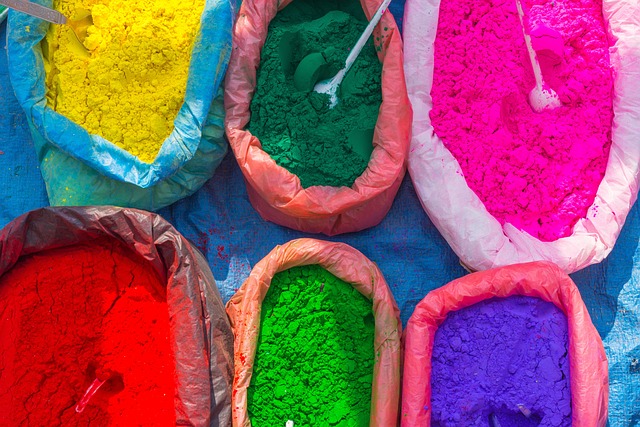When it comes to photography, one aspect that can dramatically alter the mood and feel of an image is saturation. This term refers to the intensity of color in a photograph, and understanding it can take your skills from amateur to professional in a heartbeat.
Imagine standing before a breathtaking sunset, the sky ablaze with brilliant oranges, pinks, and purples. Now, envision that same image, but muted and washed out. The difference lies in the saturation. High saturation can invigorate an image, making colors pop and draw the viewer’s eye, creating a vibrant, immersive experience. On the other hand, low saturation can evoke nostalgia or a somber mood, telling a different story entirely.
As you sharpen your photography skills, the relationship between saturation and color becomes increasingly important. With a good camera and the right optics, you can capture images that are not just realistic but are filled with emotional depth. The saturation level allows you to manipulate that emotional depth, whether you want to convey joy, serenity, or something more dramatic.
One of the best features of modern cameras and editing software is the ability to adjust saturation easily. As you experiment with your settings, you’ll discover how subtle changes can turn an ordinary picture into something extraordinary. A photograph of everyday life can reveal hidden beauty and emotion through rich, saturated colors.
Moreover, when considering your subject matter, think about how saturation can enhance your story. A portrait with high saturation can breathe life into the subject, emphasizing their features and expressions, while a landscape with lower saturation can evoke a sense of calm and tranquility. Each click of the shutter is an opportunity to express your unique perspective, and saturation is a powerful tool in your creative arsenal.
The right level of saturation is not merely a technical choice; it’s a crucial aspect of your artistic expression. Balancing your colors can enhance the composition of your work, whether you’re shooting with a DSLR, mirrorless camera, or even your smartphone. So, the next time you’re out capturing the world through your lens, pay close attention to how saturation influences your images and the stories they tell. It’s not just about what you see; it’s about what you feel.


